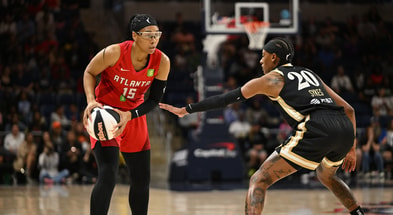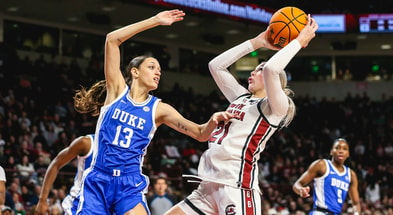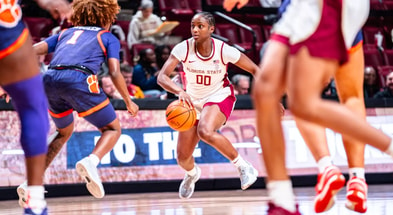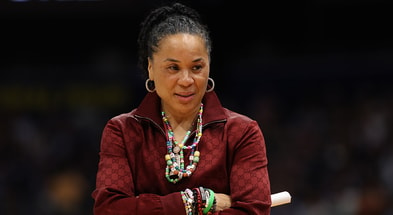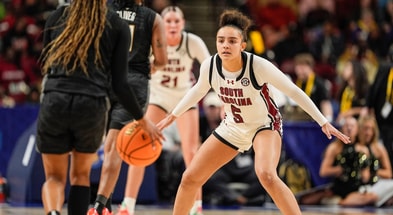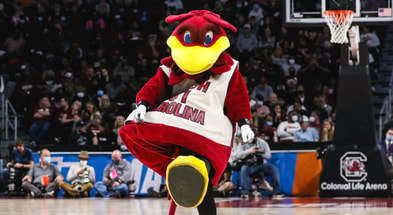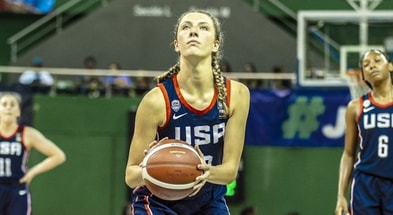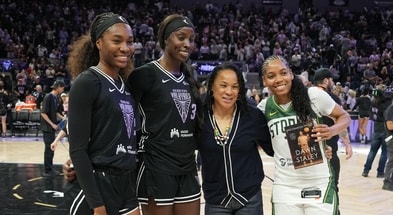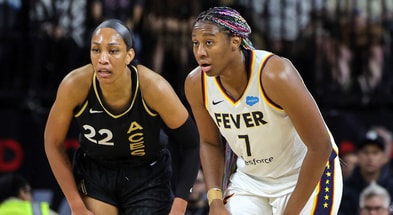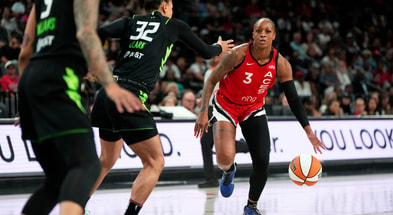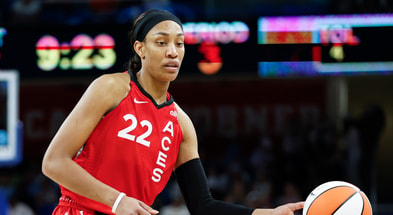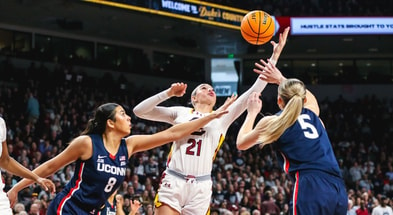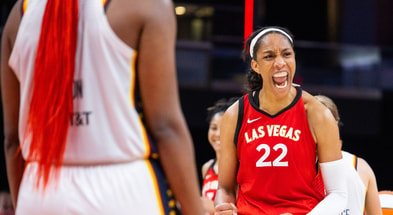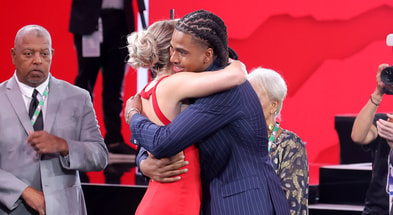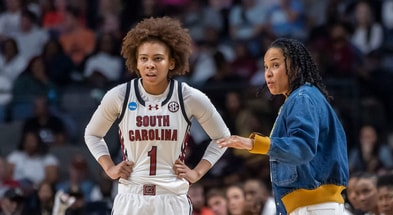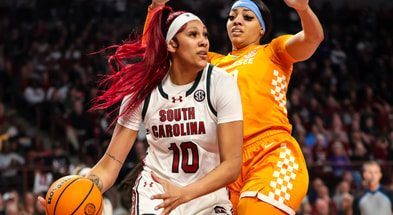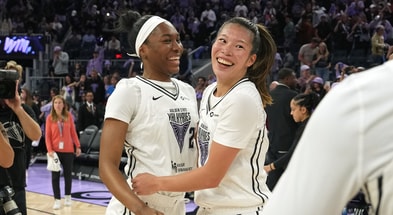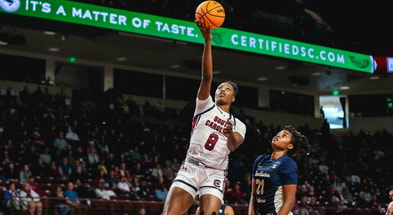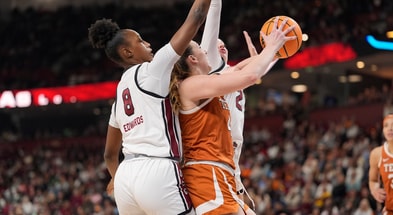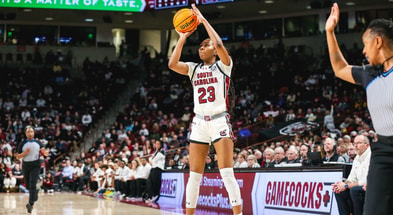South Carolina women's basketball: Three reasons to expect big seasons from Maryam Dauda and Adhel Tac

Maryam Dauda and Adhel Tac came to South Carolina with high expectations, but their first season was disappointing. There are three reasons to think they will have a bigger impact this season.
Dauda, who led the SEC in blocks during the 2024 conference season, seemed like a proven commodity. But she struggled to make the adjustment from Arkansas’ run-and-gun system to South Carolina’s more traditional philosophy.
Tac hadn’t played competitive basketball in almost two years due to injuries, and the rust was a much bigger obstacle than anyone had hoped.
They each flashed potential. Dauda outplayed Oklahoma All-American Raegan Beers in the SEC Tournament. Tac had nine points and six rebounds, both career-highs, against Missouri, and excelled on South Carolina’s practice squad. But there’s more than just flashes to be optimistic.
1. Bigs tend to make big jumps between seasons
Most bigs aren’t like Alaina Coates or A’ja Wilson, who come in and make an immediate impact. Even Aliyah Boston made a big jump between her freshman (12.5 points and 9.4 rebounds) and sophomore (13.5 points and 11.5 rebounds) seasons.
Elem Ibiam went from 3.0 points and 3.0 rebounds as a freshman to 5.3 and 4.5 as a sophomore and 9.5 and 6.1 as a junior.
Kamilla Cardoso averaged just 5.4 points and 5.1 rebounds in her first season in Columbia. She jumped to 9.8 and 8.5, then to 14.4 and 9.7.
Expanding to non-Gamecocks, Lauren Betts averaged just 5.9 points and 3.5 rebounds as a freshman. Then she averaged 14.9 points and 9.3 rebounds, and then 20.2 points and 9.5 rebounds last season.
Teaira McCowan averaged just 6.6 points and 5.6 rebounds as a freshman and was often unplayable. But by her junior season, she averaged 18.2 points and 13.9 rebounds, and she was SEC Player of the Year as a senior.
Patience matters with big players.
Keep up with all things Gamecocks for just $1 for 7 days—lock in this special offer today!
2. Their advanced stats are better than their regular stats
It’s kind of a chicken or egg thing – did the lack of playing time cause the poor stats, or did the poor stats cause the lack of playing time? Advanced stats can help control for playing time, and they paint a prettier picture for both Dauda and Tac.
Dauda saw her playing time drop from 28.7 minutes as a sophomore at Arkansas to 6.4 minutes last season. Her averages dropped from 10.1 points, 6.3 rebounds, and 2.2 blocks to 2.0 points, 1.9 rebounds, and 0.1 blocks.
Top 10
- 1New
SEC Football
Preseason conference ranking
- 2
CFB Top 25
Predicting final 2025 rankings
- 3Trending
MLB Mock Draft
Massive Top 5 shakeup
- 4Hot
July 4th commitments
Top recruit predictions
- 5
National High School Rankings
Way Too Early Top 25
Get the On3 Top 10 to your inbox every morning
By clicking "Subscribe to Newsletter", I agree to On3's Privacy Notice, Terms, and use of my personal information described therein.
But year-to-year, Dauda’s per 40 minutes averages changed -1.4 points, +3.2 rebounds, and -2.2 blocks. Dauda’s total rebound percentage, turnover percentage, and win share per 40 minutes were all career bests.
Advanced stats can also help identify correctable problems. Dauda shot a career-low 32.1% last season and was just 25.0% from three. But her three-point attempt rate was 43.9%. One of Dauda’s strengths is her three-point ability for her size, but she became a chucker last season. Better balance should improve her numbers.
Tac averaged 1.6 points and 1.6 rebounds in 3.8 minutes per game. Her per 40 minutes stats are 16.6 points and 17.0 rebounds, although it is a bit skewed by how little she played.
Tac’s player efficiency rating last season was 19.9, which was just behind Te-Hina Paopao and ahead of Tessa Johnson. Her total rebound percentage was 22.3%, best on the team by a significant margin and comparable to Cardoso’s in the last three seasons.
3. They have time and help
Let’s start with time. Dauda was playing catch-up for most of last summer, just trying to figure out the playbook. Tac wasn’t cleared for full-contact basketball until October. It’s not a stretch to say this is the first true summer of practice for both players.
As for the help, the frontcourt should look a lot different next season. South Carolina brought in 6-6 former Mississippi State post Madina Okot in the transfer portal and hopes to get Ashlyn Watkins back from a torn ACL.
Watkins was arguably South Carolina’s most irreplaceable player last season, and the Gamecocks were stuck trying to replace her in the middle of the season. Dawn Staley had to lean more heavily on the players she trusted, which meant Dauda and Tac got squeezed out of the rotation.
It is a crowded frontcourt, but everyone’s roles should be clearer. That makes a big difference. If nothing else, Okot and Tac should make each other better by getting to practice against someone their size.
